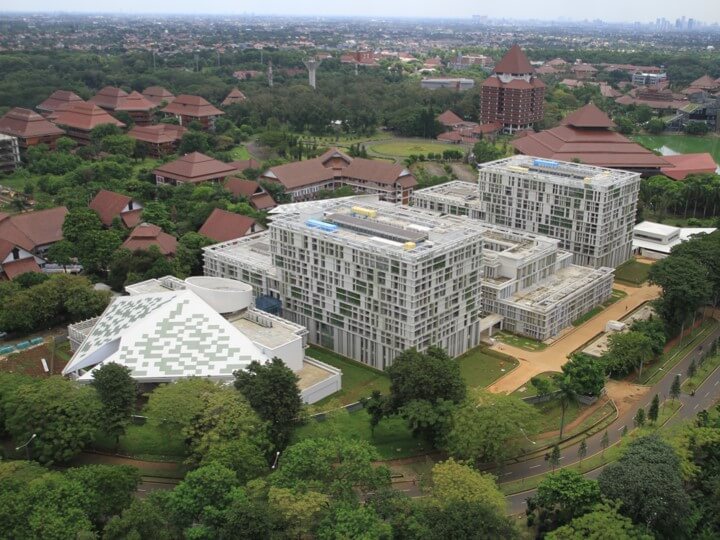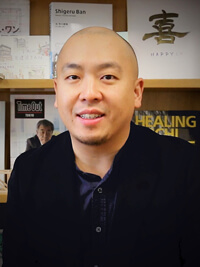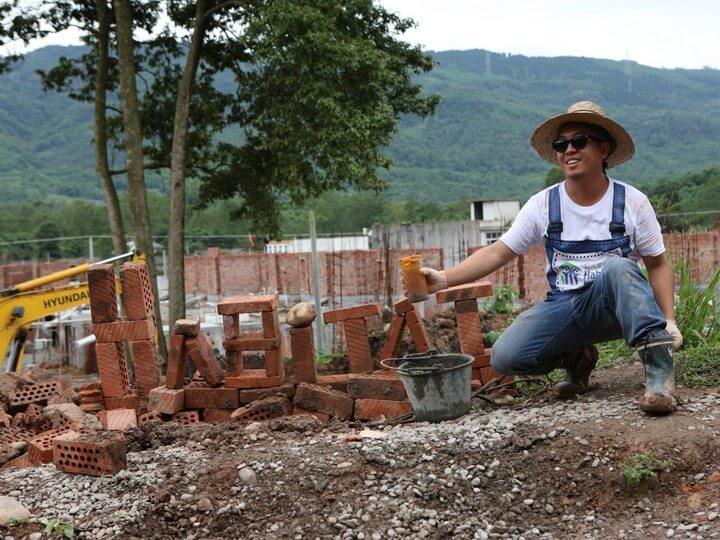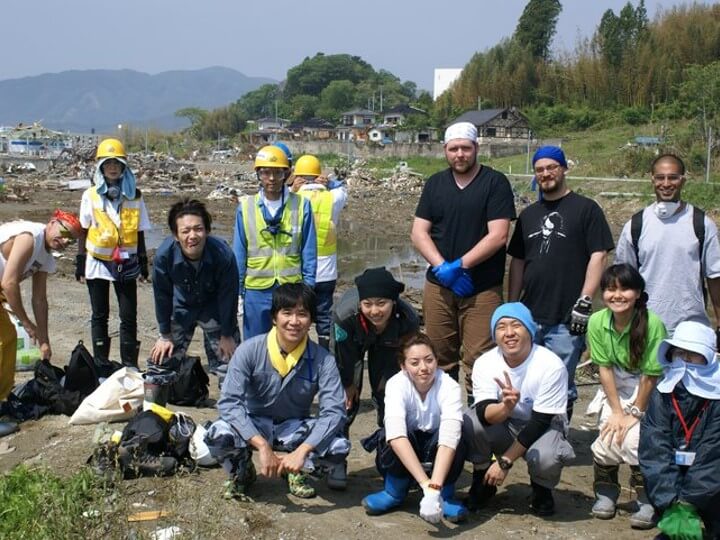AU architecture prof designs for underserved communities
Design approach focuses on sustainability, accessibility, and inclusion
Dr. Henry Tsang says the design approach to architecture is the same, whether you’re creating a fancy new museum or a community centre for underserved groups.
It’s all about responding to the needs of people, to the environmental context of where the building is located, and most importantly, creating “a building that people would love to use, and really want to go to.”
Tsang is an assistant professor of architecture at AU, and is also the principal of Henry Tsang Architect. In the latter role, he applies this approach to meeting the needs of underserved communities while also prioritizing sustainability, accessibility, and inclusion in his designs. He will be the first to tell you this approach is borne from a firm belief it’s the right thing to do, rather than seeking any accolades or awards.
Nonetheless, his efforts were recognized with not one but two prestigious awards from national building-construction advocate Construction Canada. Tsang was given the 2021 Emerging Leader award in the “Leadership” category, and another in the “Juror’s Choice” category, which recognizes the highest total score from the judges from all categories, at a Dec. 1 awards ceremony in Toronto, Ontario.
“Winning the award is the cherry on top, but to me it’s my responsibility as a professional and as a professor to identify these issues,” he said.

Leadership in professional work

Tsang pointed to three projects, in particular, that represent his approach of reaching under-served communities in a way that respects the environmental context of where the buildings are located.
The first is the Calgary Japanese Cultural Centre, a design for which he has already won the Canadian Architect Award of Excellence. Located near the downtown core of Calgary in the Killarney neighbourhood, this project will replace the aging home of the Calgary Japanese Community Association (CJCA). He noted the association’s membership consists of an ethnic community with a history of immigration to Canada dating back a century—a racialized community that has faced discrimination and mistreatment. Memberships currently consists largely of senior citizens and new immigrants, and the CJCA is the only community centre in Calgary catering to these groups.
“I think that project focuses on a community, a very distinct immigrant population of Canada, and how we integrate the needs of that community within the Calgary neighbourhood and context,” he said.
Tsang, whose wife is Japanese and son is a dual citizen, said he got involved with this project because of his own connection to Nikkei culture, and his family’s involvement with the association. The resulting design, in collaboration with Modern Office of Design + Architecture, is what Tsang describes as “fusion architecture,” blending elements from different cultures into one project.
The second project Tsang highlighted is the University of Indonesia Health Sciences Campus. He worked on the design as part of an official development assistance project, funded by the Japan International Cooperation Agency, following several large earthquakes and tsunamis that left the country’s infrastructure badly damaged. He developed a blueprint for a green and resilient health campus in collaboration with the university.
“Why we have so many natural disasters today is because of climate change. And how we can address climate change is really to reduce our carbon emissions. So, I think it’s a long-term cycle.”
– Dr. Henry Tsang, assistant professor of architecture
Tsang said this project required him to consider not just the geographical location of the building, but the cultural context as well, since Indonesia is a predominantly Muslim country. One example of how this cultural context affected the design was the consideration of the need for provide higher privacy levels between men and women, such as having separate waiting rooms. The design also included prayer spaces and a mosque.
He said this building was also a strong example of design resilience, in that Indonesia is an earthquake-prone country and design needs to account for that. But by the same token, he said he was “designing green” with the climate in mind, driving an important connection between resilient design and green building.
“Why we have so many natural disasters today is because of climate change. And how we can address climate change is really to reduce our carbon emissions,” he said. “So, I think it’s a long-term cycle.”

Leadership as an academic
Tsang sees great value in bringing this perspective to his role as a teacher and researcher, as well.
He said he tells his students that a professional architect might be able to expect to design 50 buildings over the course of their career, but his opportunity as a teacher is greater. Rather than designing 50 sustainable buildings himself, by teaching others to take a similar approach he can create a more significant impact in terms of sustainability and climate change.
In terms of his work as a researcher, the issues of sustainability are at the forefront. Tsang said close to 40 per cent of global greenhouse gas emissions coming from the buildings humans occupy, so finding ways to repurpose existing infrastructure to revitalize communities can have an impact in rural and urban communities alike.
“I think that the only way to solve the global issues that we have is by making knowledge open so that we don't have to work in our little silos.”
– Dr. Henry Tsang
One example of a research project addressing these issues is “Placemaking in Chinatown.” The project investigates how Chinatown communities across North America are working to revitalize their neighbourhoods in response to challenges such as gentrification, demographic changes, and anti-Asian racism. This work includes consideration of the values of heritage buildings in Chinatowns, as well as issues of affordable housing and seniors housing. This work also includes a new design project for the Calgary Chinese Elderly Citizens’ Association.
He also highlighted an interdisciplinary project he’s working on, which seeks to find solutions to the sustainability challenges faced by many rural communities in Canada, as being a very significant example of the impact that questions around architecture can have on communities and on the environment.
“I think that the only way to solve the global issues that we have is by making knowledge open so that we don’t have to work in our little silos,” he said.
